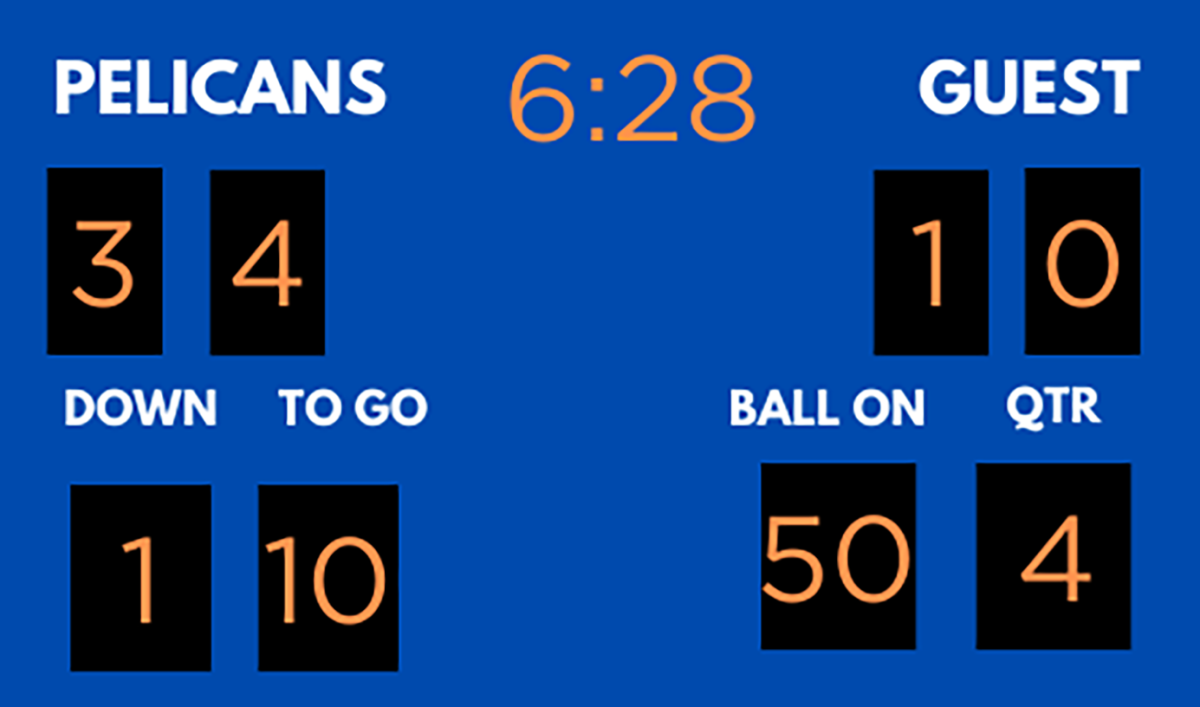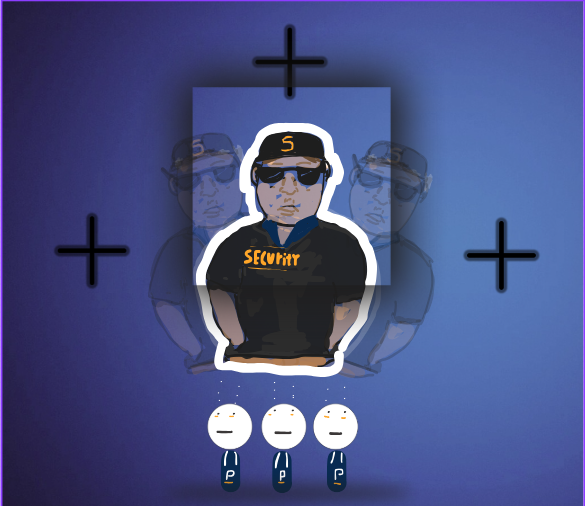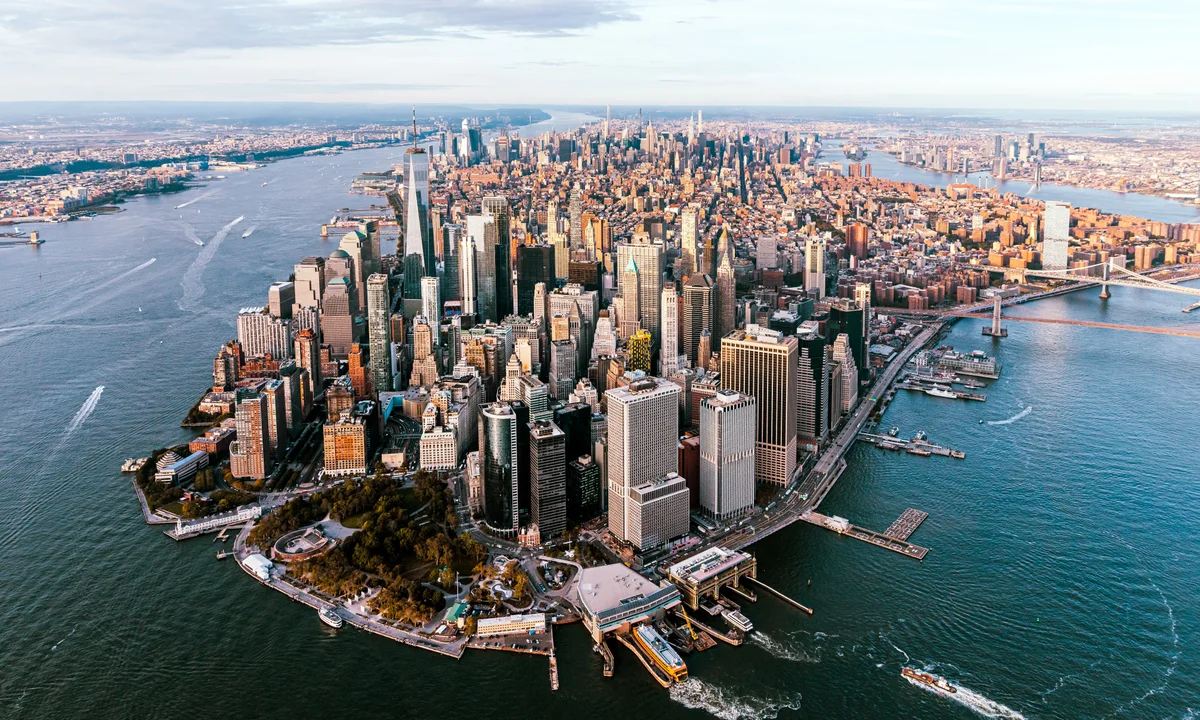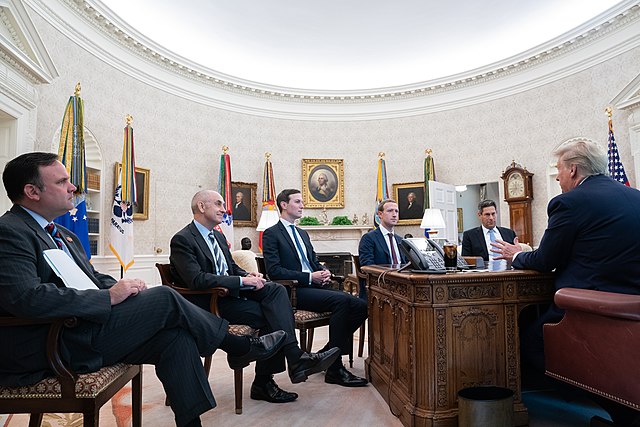Between gas, parking, tolls, and vehicle maintenance, the expenses of driving in the city add up quickly. Public transportation offers a cheaper and often faster alternative. A subway ride costs just $2.90, and with 472 subway stations across and 236 local bus stops in the city, it’s often the quickest way for one to get to their destination. The introduction of congestion pricing is expected to generate $1 billion annually, which could greatly improve the subway and bus systems.
For example, London saw a 30% drop in traffic after implementing congestion pricing in 2003. Similarly, Stockholm experienced a 20% reduction in traffic. These changes led to less congestion, cleaner air, and safer streets. New York City has dense traffic, and this congestion pricing would benefit the city in similar ways. Traffic is a major contributor to air pollution so much so that the American Lung Association ranks NYC among the worst in the country. Congestion pricing would help reduce the number of cars on the road, leading to lower levels of nitrogen dioxide and other harmful pollutants. In London, the nitrogen dioxide levels dropped by 15% after the policy was introduced, improving air quality for everyone.
A concern about congestion pricing is the cost of the toll. However, the focus of the toll should be on non-Manhattan residents who regularly commute into the city. Manhattan residents already contribute through city taxes which is why they should be exempt from the fee. This way, those who contribute less to the city’s infrastructure but use it heavily pay the toll.
While the subway system has had safety issues in the past, an increase of users can actually improve security. Crowded trains and stations are generally safer due to higher visibility, which reduces the act of criminal activity. The funds raised from congestion pricing can be used to improve subway security, adding more patrols, installing better surveillance, and improving station lighting.
New York City is known for being noisy, and fewer cars on the road would make the city quieter. Additionally, fewer cars would mean safer streets for pedestrians and cyclists. In 2024, 119 pedestrians were killed in traffic accidents and over 600 others were injured. Transportation is responsible for 33% of New York City’s greenhouse gas emissions, making it the largest source of pollution in the city. By reducing the number of cars on the road, congestion pricing would help decrease the city’s carbon footprint. The revenue from congestion pricing could also be reinvested into improving public transportation, further reducing emissions.
Congestion pricing offers a clear solution to New York City’s traffic and environmental problems. It would reduce congestion, improve air quality, make streets safer, and provide the funding needed to enhance public transit and many other parts of the city. The success of congestion pricing in other cities proves that it can work in New York City. Even if you still want to drive, the toll you have to pay just contributes to making the city nicer, so why not help the city that you use in your daily life?










